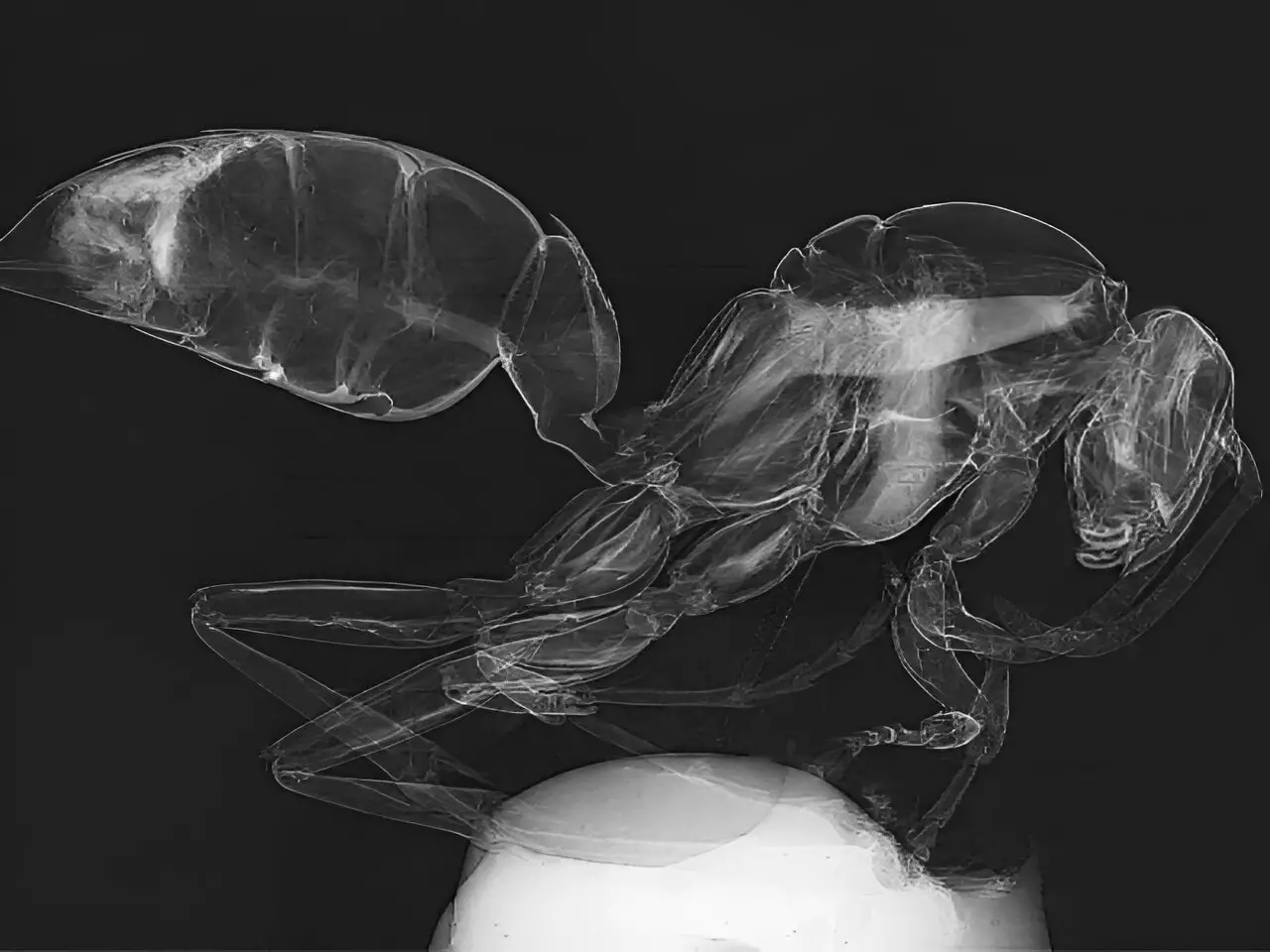The University of Houston researchers have introduced a groundbreaking advancement in X-ray imaging technology that could revolutionize various industries, including medical diagnostics, materials imaging, transportation security, and more. This innovative model, presented in a paper published in Optica, offers a novel approach to non-destructive deep imaging, particularly for light-element materials like soft tissues and background materials such as plastics and explosives.
Traditional X-ray imaging techniques rely on X-ray absorption to generate images. However, this method often struggles with materials of similar density, resulting in low contrast and difficulty in distinguishing between different materials. This limitation poses a significant challenge in fields like medical imaging and explosive detection, where accurate and detailed imaging is crucial.
X-ray phase contrast imaging (PCI) has emerged as a promising alternative to traditional X-ray techniques, offering enhanced contrast for soft tissues by leveraging relative phase changes in the X-ray beam as it passes through an object. Among the various PCI techniques available, the single-mask differential method stands out for its simplicity, effectiveness, and ability to produce high-contrast images with a single shot and low radiation dose.
The researchers at the University of Houston developed a new light transport model that provides a deeper understanding of contrast formation and how multiple contrast features interact in acquired data. By utilizing an X-ray mask with periodic slits, the model enhances edge contrast and enables the capture of differential phase information, making material variations more distinct. This innovative approach simplifies the imaging setup, reduces the need for high-resolution detectors, and eliminates the complexity of multi-shot processes.
The team has already conducted extensive simulations and experiments with their laboratory benchtop X-ray imaging system to validate the effectiveness of the new model. The next step is to integrate this technology into portable imaging systems and retrofit existing setups for testing in real-world environments, such as hospitals, industrial settings, and airports. This advancement has the potential to significantly improve image contrast in X-ray imaging, leading to better diagnostics and enhanced security screening across various industries.
The University of Houston researchers have introduced a game-changing model for X-ray imaging that holds immense promise for the future of medical diagnostics, materials imaging, and security screening. By providing a simple, effective, and low-cost solution for enhancing image contrast, this technology opens up new possibilities and addresses critical needs in non-destructive deep imaging. With its versatility and practicality, the new light transport model is poised to transform the field of X-ray imaging and drive innovation in a wide range of imaging applications.


Leave a Reply